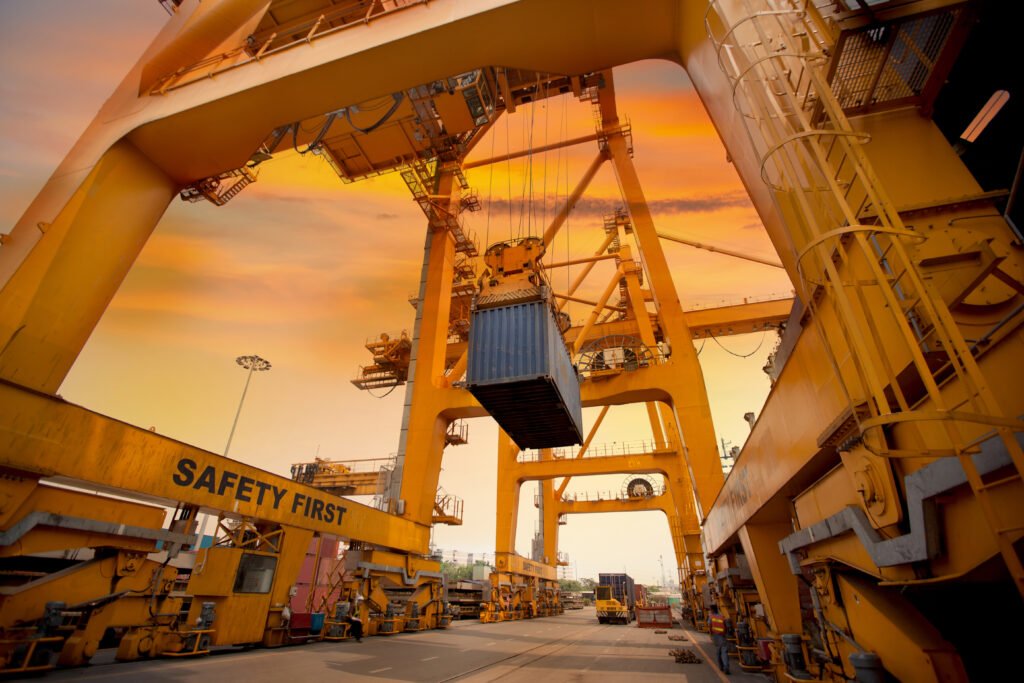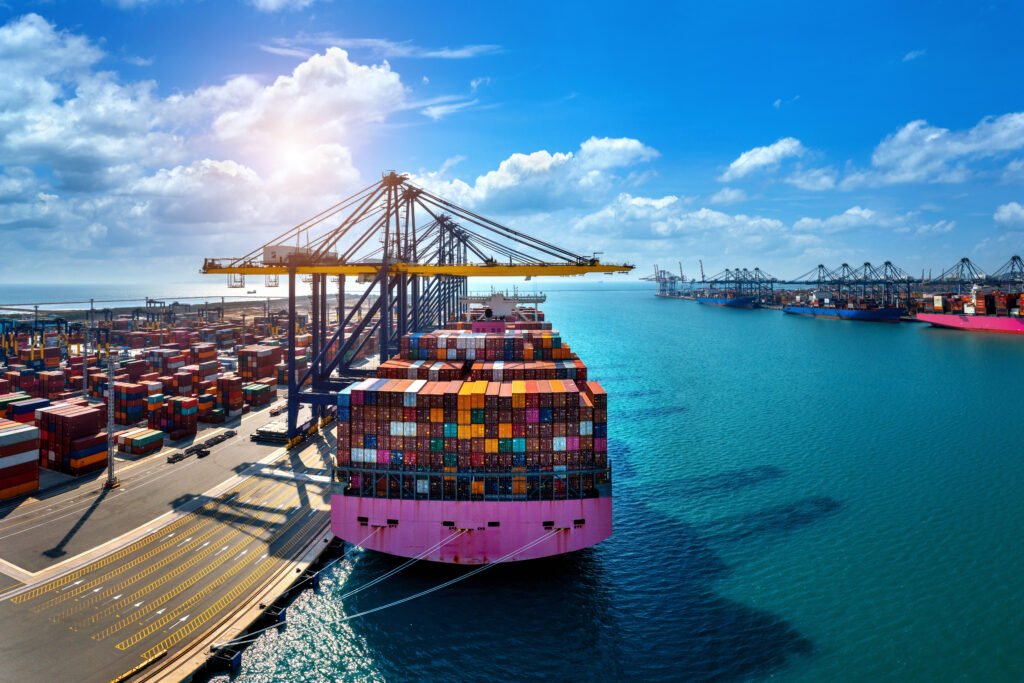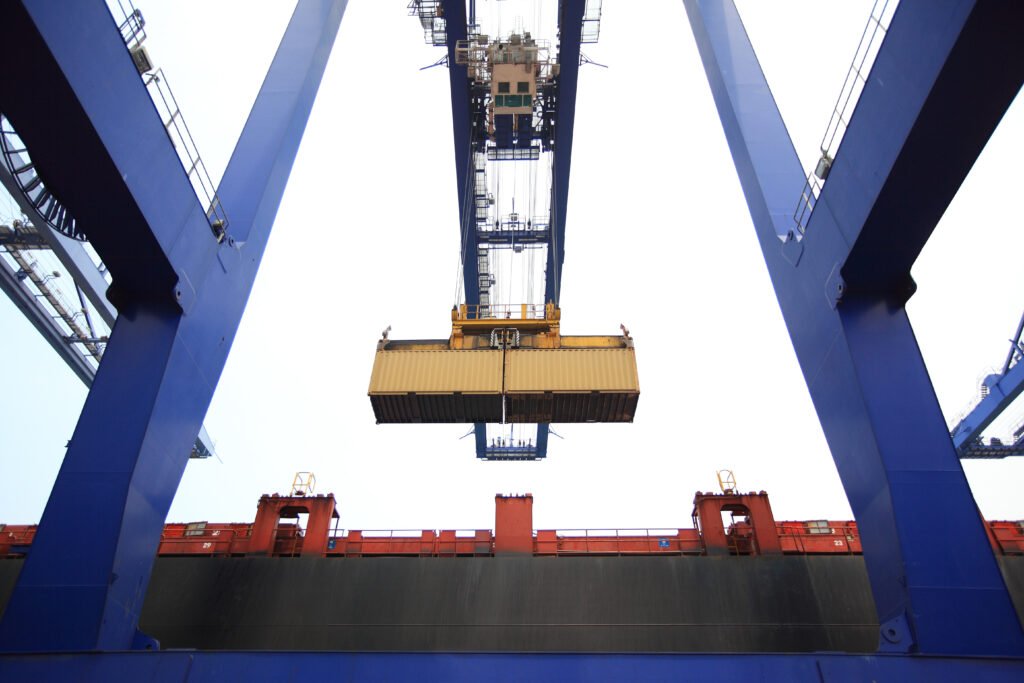Why Shipping Containers Are the Backbone of Global Trade
As we move further into 2025, more investors and businesses are turning toward tangible assets—and shipping containers have emerged as one of the most promising options. Whether for passive income, storage, modular construction, or resale, investing in containers offers flexibility, durability, and high ROI potential. Let’s dive into why shipping containers continue to be a smart investment in the evolving global economy. 1. Tangible, Durable Assets with Long Lifespan Unlike many digital assets, containers are tangible and functional assets. Standard containers, such as 20-ft and 40-ft units, are made from corrosion-resistant corten steel, designed to last over 25 years when maintained properly. High Cube and Double Door variants also maintain this resilience, making them suitable for multi-purpose use. In fact, studies show that over 90% of global trade is facilitated via containers, with over 226 million TEUs (Twenty-foot Equivalent Units) circulating worldwide. The need for durable, weather-resistant storage is only increasing. 2. Booming Global Trade and Logistics Growth The global container shipping market was valued at USD 11.3 billion in 2023 and is projected to grow at a CAGR of 5.9% through 2030, according to Allied Market Research. Increased eCommerce, supply chain diversification, and post-pandemic global trade normalization are key growth drivers. Additionally, countries like the UAE, USA, and India are expanding their port infrastructure and logistics networks, driving up demand for leasing and purchasing containers for both short- and long-term needs. 3. Passive Rental Income Potential Investors can earn consistent monthly income by leasing containers to shipping lines, warehouses, or construction companies. Monthly rental yields can range from 6% to 10% annually, depending on location, lease terms, and container type. For example, a used 20-ft container costing AED 8,000 can yield AED 500–700 per month in rental income. Over time, the container can pay for itself in less than 18 months, while continuing to generate income afterward. 4. Versatile Secondary Uses Driving Demand Beyond logistics, containers are now widely used for: Portable offices & site cabins Pop-up retail stores Storage for farms, schools, and factories Modular homes and cafes The container architecture market alone is projected to reach USD 71.9 billion by 2029, with major adoption in UAE smart cities, USA startups, and eco-conscious construction. 5. Strong Resale Value and Steel Asset Appreciation Shipping containers are made of steel, and their residual value is often pegged to global steel prices. When demand surges or raw materials become scarce, containers gain resale value. In fact, used containers saw a 23% price increase during the pandemic era, and similar trends are projected in future demand cycles. Unlike depreciating digital subscriptions or electronics, containers can often be resold for 60–80% of their original cost even after years of use. 6. Inflation Hedge and Recession-Proof Model Containers serve as a hedge against inflation. When prices rise, so do rental and resale rates. During downturns, businesses seek cheaper storage or mobile infrastructure—both of which containers offer at lower cost than brick-and-mortar alternatives. According to World Bank logistics data, emerging markets are prioritizing cost-efficient logistics solutions, and containers fit perfectly in that strategy. Conclusion: Containers Are More Than Just Metal Boxes Shipping containers are more than simple cargo units—they’re durable, income-generating, and recession-resilient assets with global applicability. Whether you’re a private investor, SME, or startup, owning containers through Liberty Shipping Containers gives you an edge in today’s asset-conscious world. Start small with a 20-ft unit or scale up with High Cubes and specialized Double Door containers—either way, you’ll be investing in a proven, high-utility asset class.
Why Shipping Containers Are the Backbone of Global Trade Read More »



